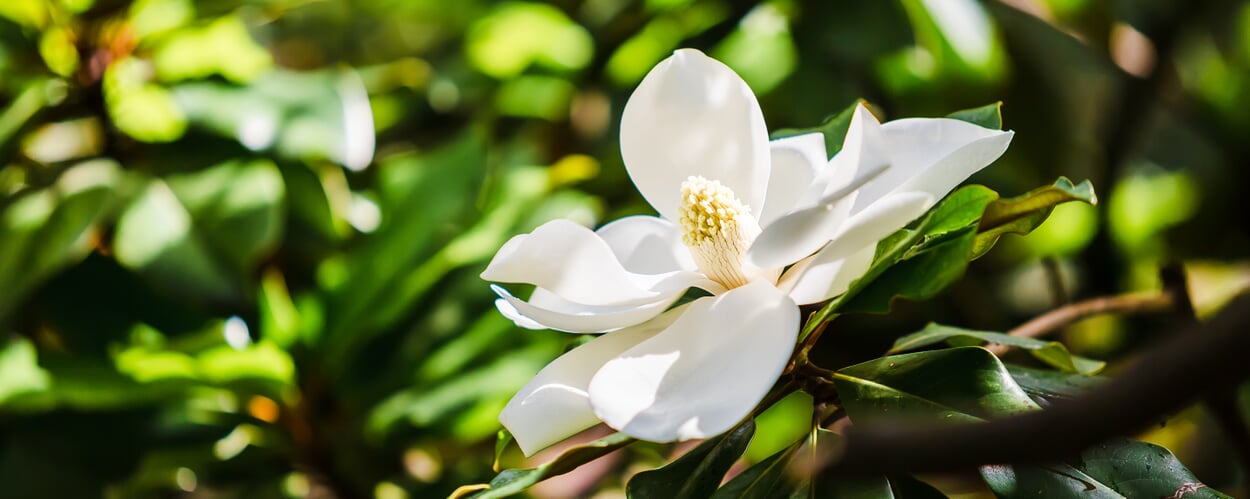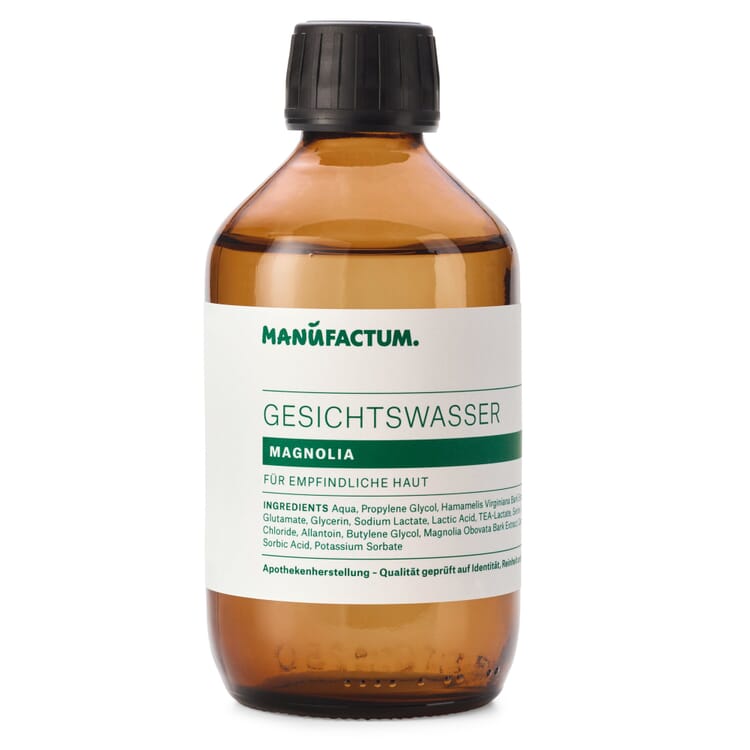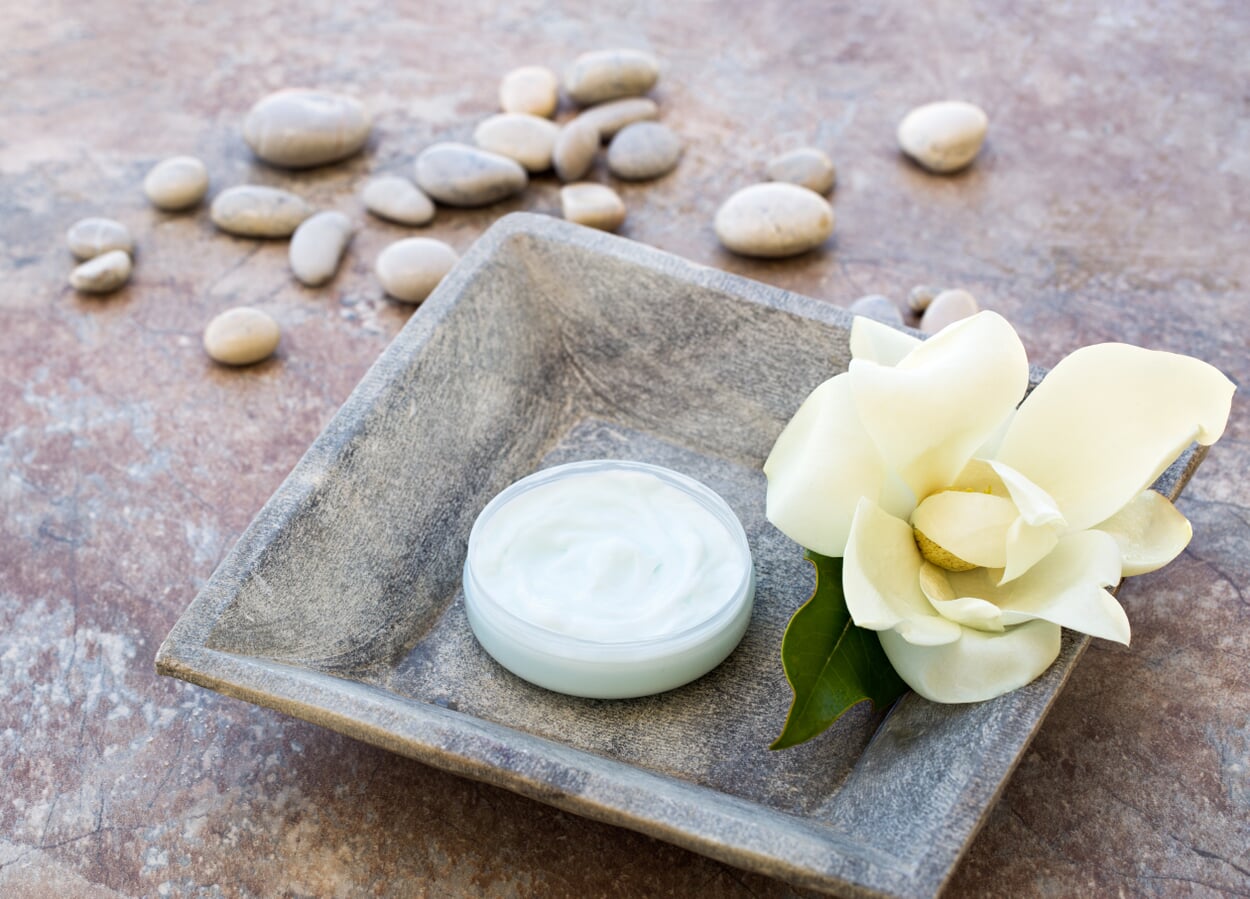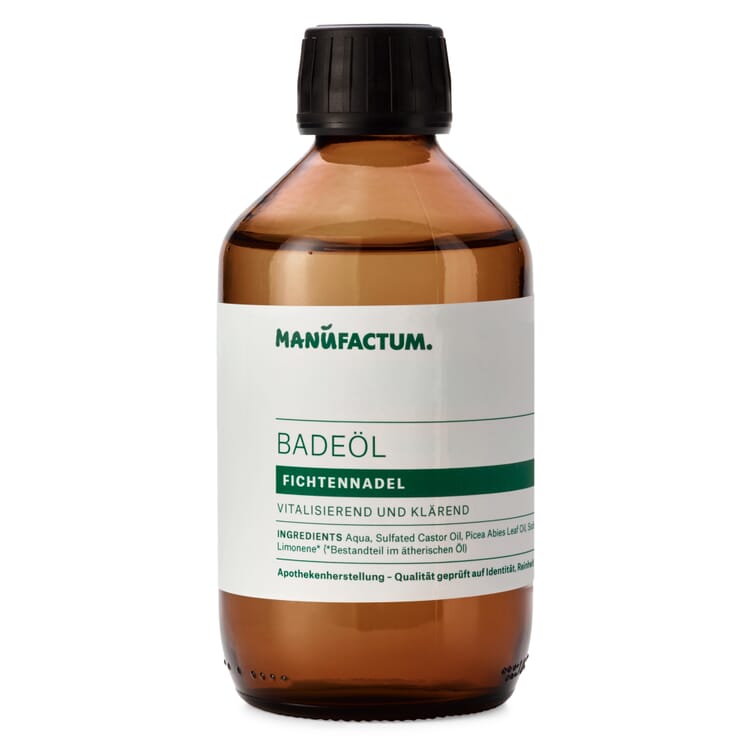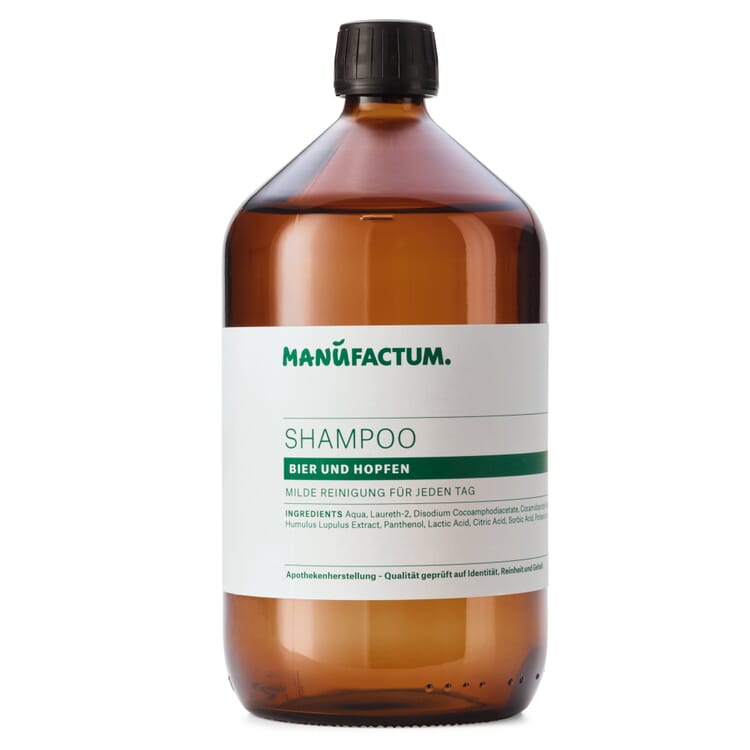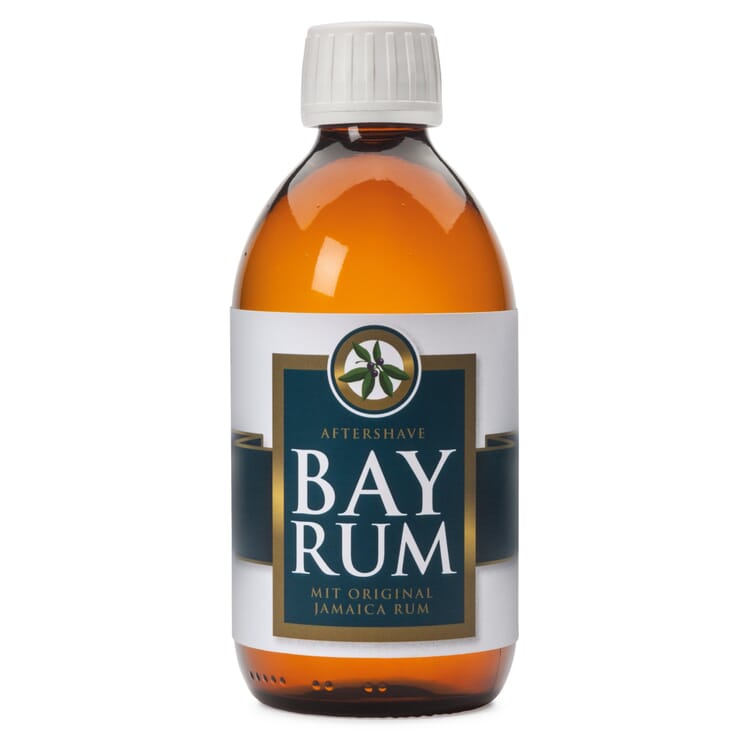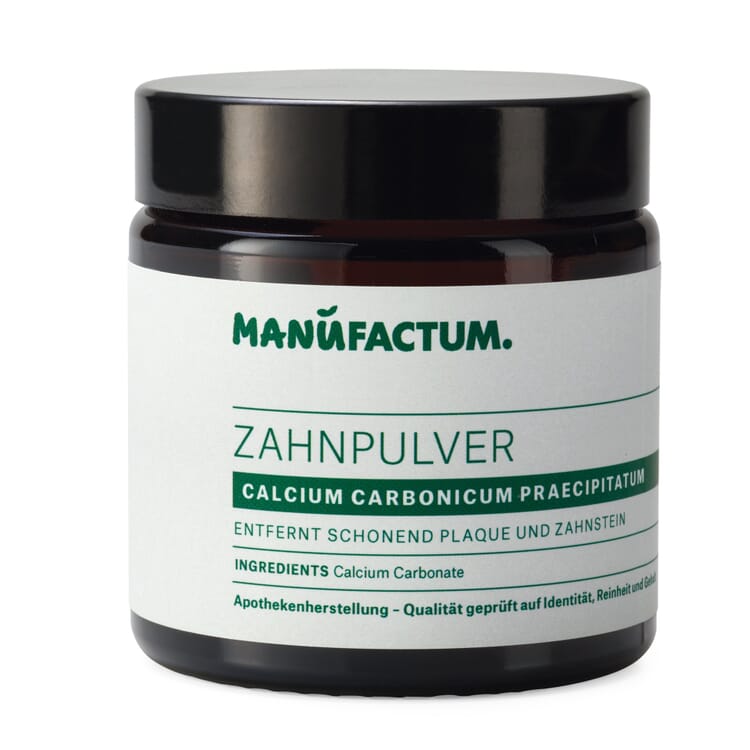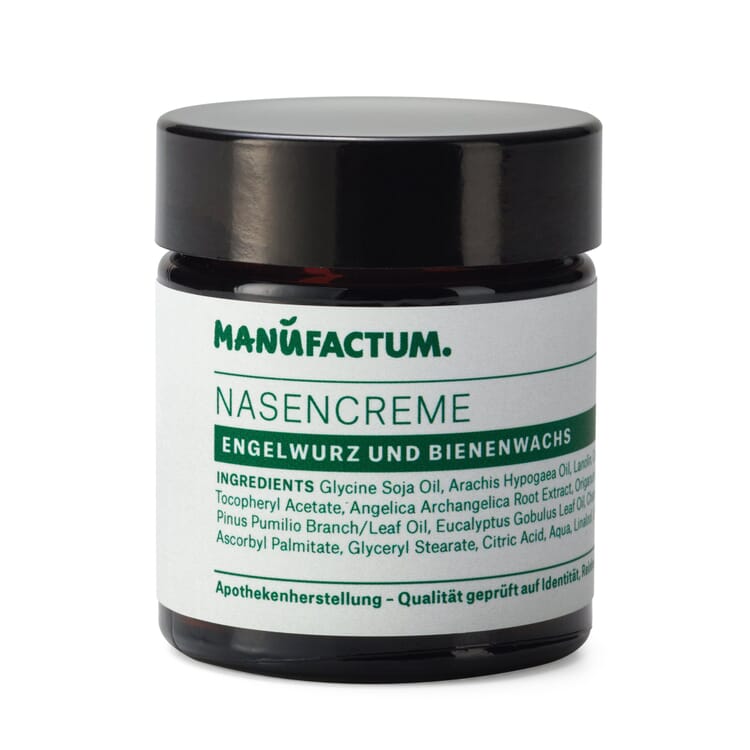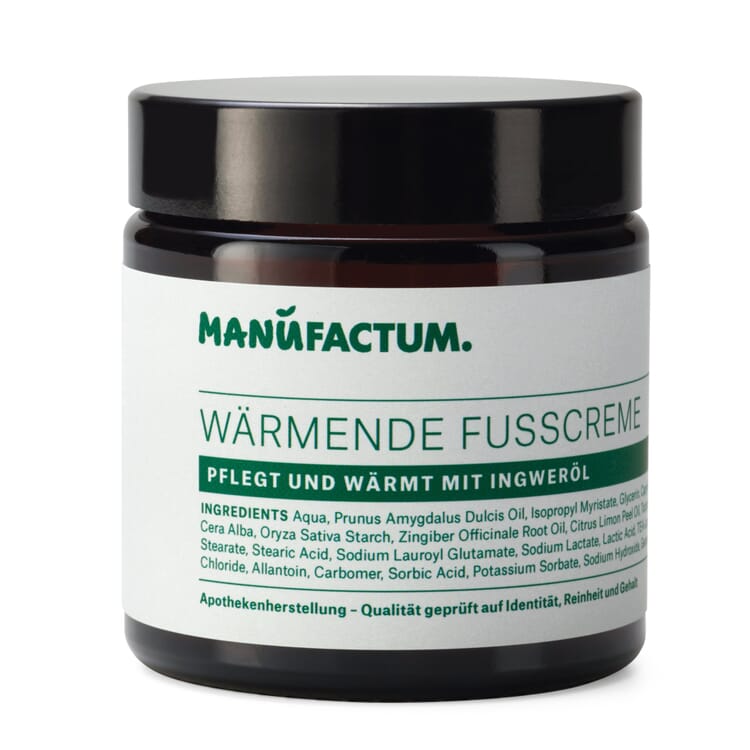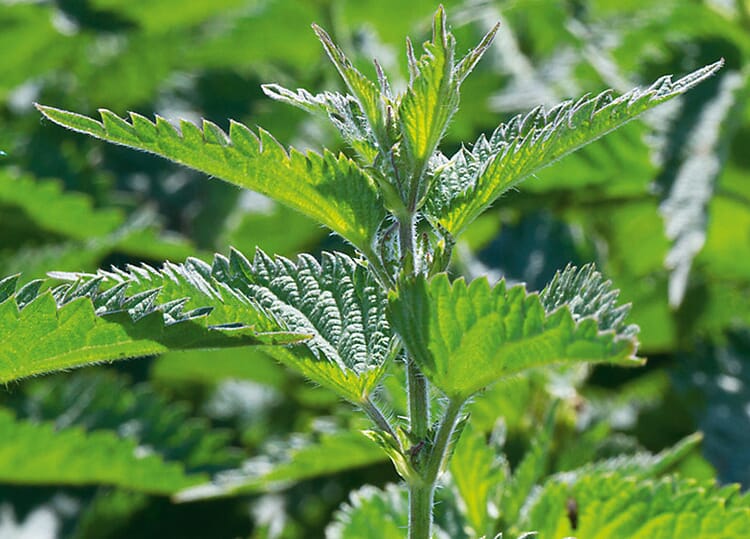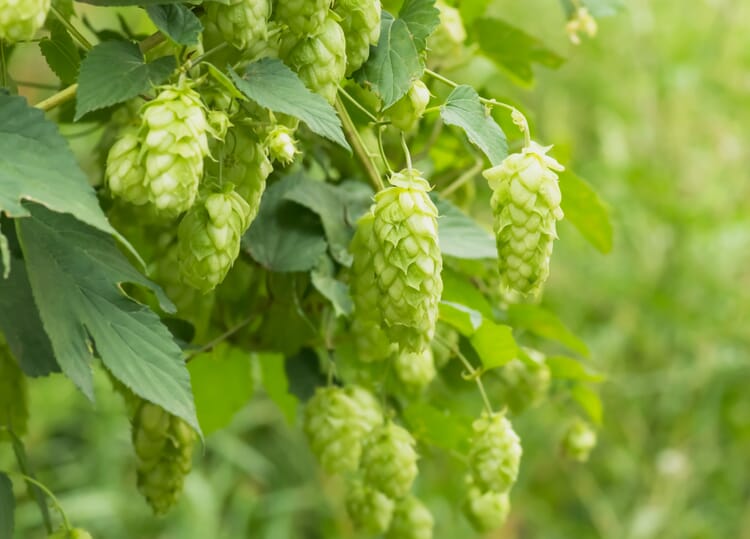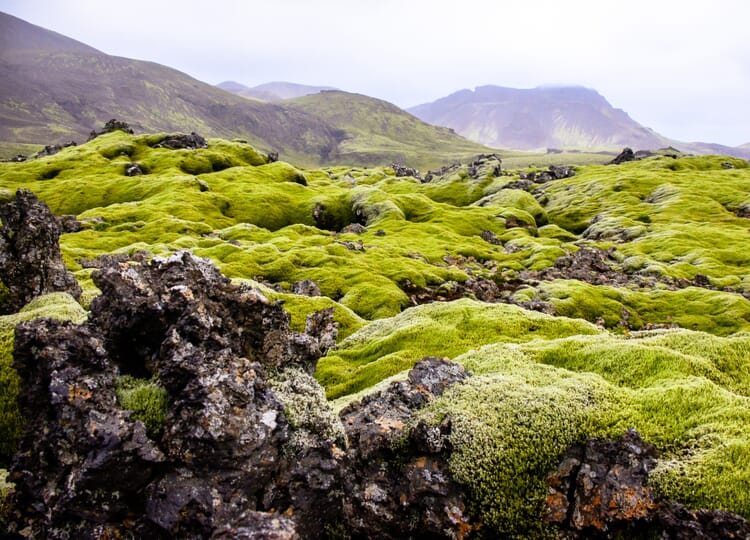Medicinal plants A|B|C
Evergreen magnolia (Magnolia grandiflora)
Over 130 million years ago, magnolias were among the first plants to form flowers. At that time there were no bees, but there were beetles; to this day magnolias are pollinated by beetles. One of the approximately 250 species is the evergreen Magnolia grandiflora. As a tree or multi-stemmed shrub, it grows up to 25 meters high, and its creamy white flowers are among the largest tree flowers of all, measuring 25 centimeters.
Origin and cultivation.
Magnolias grow in warm, moist, shady locations in southeastern North America and the Far East. The evergreen magnolia is one of the species that was native to the New World; this is evident from the fact that, like all its American cousins, it blooms in summer - after the leaves have sprouted. Unlike most other magnolia species, however, it does not shed its foliage in the fall. It has been planted as a park and avenue tree in southern Europe since the 18th century. In climatically unfavorable locations, it must survive the winter as a tub plant in the greenhouse, then the danger of snow break is also averted.
Ingredients.
The intense floral fragrance of Periwinkle Magnolia is described as "creamy sweet with a delicate citrus nuance". This floral magnolia scent is contained in the essential oil extracted from the flowers by steam distillation. An extract is also obtained from the leaves, seeds and bark of the evergreen magnolia, which was already used by Native Americans. The bioactive substances magnolol and honokiol (the isomer of magnolol) contained in it have antibacterial, anti-inflammatory and antioxidant effects. In addition, there is a mild sedative effect.
Products with magnolianextrakt
Use of magnolianextrakt.
- The antioxidant effect of magnolianextract fights skin aging. Because it also reduces skin redness and impurities, a general improvement in the skin's appearance occurs
- Magnolia grandiflora is not the only plant used to produce Magnolianextracts. For example, the bark of Magnolia officinalis, native to East Asia, is used pharmaceutically and also in traditional Chinese medicine as a sedative and painkiller. Buddhist monks brought it to China in the 7th century. Because of its cultic and ritual significance, Magnolia officinalis is often found planted near temples.
Even though about a thousand cultivated forms of magnolia have been established in gardens worldwide as ornamental shrubs, many wild forms are threatened with extinction.
Exclusive Manufactum body care products
Recommended Topics
Nettles are unmistakable because of their stinging hairs - even in the Middle Ages, a botanist joked: "The stinging nettle is the only plant that can be seen at night." The great stinging nettle is perennial and reproduces essentially vegetatively by runners. The plant is dioecious, which means that there are male and female specimens - so if you want to collect nettle seeds, for example, you will only find them in the female plants.
View moreThe hemp plant is one of the few climbing plants whose tendrils wind clockwise (seen from above). North of the Alps, hops were cultivated in monasteries as a potent seasoning and preservative from the 8th century at the latest. Its breakthrough came with the Bavarian Purity Law of 1516, which ensured that beer could only be preserved with hops. Other beer ingredients, such as the psychoactive henbane, have since become a thing of the past.
View moreIceland moss has a doubly misleading name: Neither is it typical of Iceland, nor is it a moss. It is a lichen - that is, a hermaphrodite of fungus and alga that live together in symbiosis. The lichen's pads, about a hand's width high, can cover large areas, so it is called "rock grass" in Scandinavian countries. Its braun-green, leathery lobes curl up in dry conditions and form whitish green, antler-like branched forms.
View more
